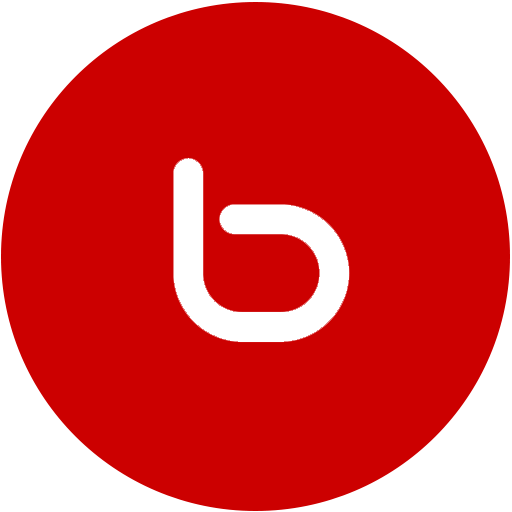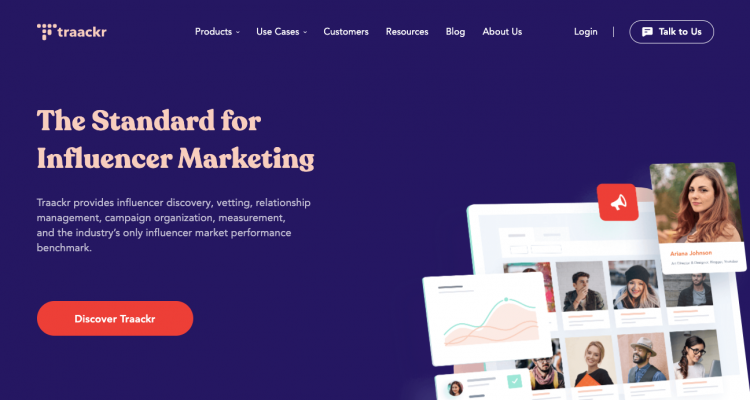Today, making the web can be done by almost anyone, but creating a website that can truly produce coffers of money can be a different story. My personal experience reviewing business websites owned by clients (especially SME scale businesses), having a website that can meet the ideal criteria of a website is quite rare. Check over here for more website design tips.
There are at least 3 main pillars that must be considered by every commercial website, the three pillars are:
- Website infrastructure
- Visitor traffic
- Landing page & Call-to-action
Before entering into the discussion above, we made an introductory podcast about the main factors that cause websites do not produce results. It is important to know online business people or internet marketers to avoid common cases that occur in the field.
Well, if you already understand the general problems above, we should already have an idea of how to create a good business website. Following a detailed explanation of the three main pillars that determine the success of a website.
1. Website Infrastructure

The good of the website is not only seen from the design but also its ability to adapt to the user’s network speed, browser, and device used. Therefore, we must ensure that our website design is accessible from any platform and any network (3g & 4g).
Among the things that are very vital to determine whether or not our website infrastructure can be seen from the following factors:
- Website hosting (uptime + 95% guarantee)
- The url structure is comfortable to see (not suspicious)
- The professional domain name (maximum 3 words)
- Website generator (most recommended: WordPress )
- Choice of themes ( mobile-friendly, scripts under 300kb)
- Website speed (maximum loading of 5s)
- Navigation (clear between headers, bodies, and footers)
The things that must be avoided because it can reduce the quality of the website include:
- Do not upload video files to our web server (use YouTube)
- Stay away from the use of music as a web background
- It’s best to avoid using flash element (SWF)
2. Visitor Traffic

As I stated in the podcast above, that having a website is tantamount to having a store. The difference is, if we have a physical store, without even having to invite customers, there will still be relatively buyers who come. Unlike the case with websites that number in the millions and are easily made by everyone, if we are not good at attracting visitors, then obviously our website will be lonely and no prospective customers will come.
In terms of increasing web traffic, the first thing we must determine is to choose which channel we will prioritize to become a source of traffic. This channel does not have to be Google, considering that to be able to appear in search engines today, our website needs initial traffic too, which means that in the early days, it was very difficult to get traffic organically. If we look at foreign bloggers, not a few of them who managed to get huge traffic precisely from social media such as Pinterest for example. Therefore, we must be smart in choosing which the main channel we will use to increase website visitors.
Here are the main pointers on how to increase website traffic (correctly of course):
- Create quality content, this content can be in the form of articles, material (downloadable pdf), infographics, vlogs, and the like.
- Use social media, not only to share but also to create groups (Fb, WA, Telegram), online webinars, or sharing in existing groups.
- Take advantage of paid traffic. Sometimes, to get quality traffic is not an easy matter, for that it doesn’t hurt you trying to advertise your business website via Google Ads, Facebook Ads, Email marketing, or with influencer services.
- Create a free external traffic source. The usual way to do it like commenting on other websites, actively discussing on web forums, or sharing via our personal social media accounts.
3. Landing Page & Call-to-action

This is the most important thing and what distinguishes between successful and failed business websites. The quality of the landing page and Call-to-action will greatly affect the number of incoming leads, meaning that potential revenue can also change drastically.
Then what is a landing page? Simply put, a landing page is a page that we use purely to sell products or services that we offer. Here are the two main requirements for a good landing page.
- There is a form to get information on website visitors who want to order our products/services
- Can generate leads as optimal as possible (change as much as possible the status of “web visitors” to “prospective customers”)
There are some important points that we must pay attention to on a landing page, (instead of just giving a contact or WhatsApp button).
- Create a title that catches the visitor’s attention
- Highlight the company’s core values to prospective customers
- Show the main things in bullet-point form
- Create a customer form, simple, easy, focus on goals
- Insert eye-catching pictures or illustrations
- Include testimonials that are relevant and authentic
- Make sure the workflow/steps listed in the landing page are clear





